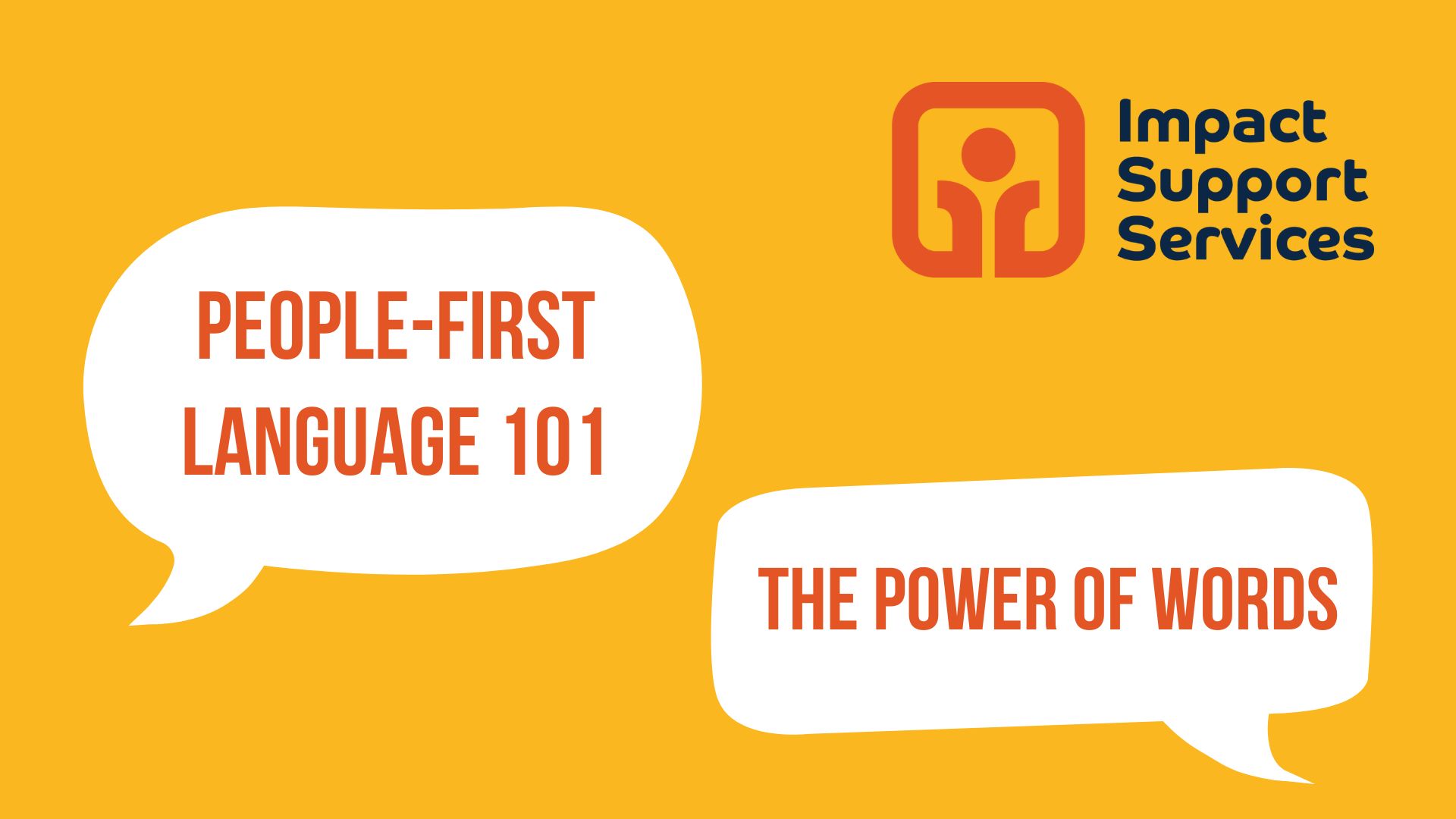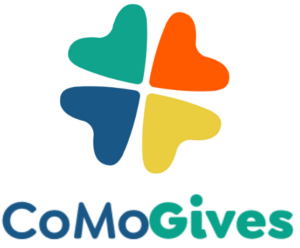The words we choose matter. They can empower, uplift, and create a sense of belonging, or they can unintentionally demean and exclude. People-first language is a critical concept in fostering respect and inclusion for people with disabilities. This guide will unpack its core principles, its importance, and practical tips for using it effectively.
What is People-First Language?
People-first language emphasizes the person first and foremost, rather than defining them by their disability. PFL prioritizes the individual’s identity as a human being with unique abilities and experiences, rather than linking them to their condition. By using this language format we avoid restricting someone’s abilities with our words.
Why is People-First Language Important?
Using people-first language goes beyond just words. It creates a more inclusive environment that fosters:
- Empowerment: emphasizing the person’s capabilities and fostering a sense of self-worth.
- Respect: demonstrating respect for the individual and their identity as a whole person.
- Inclusion: creating a space where everyone feels valued and welcome to participate.
- Accuracy: providing a more accurate portrayal of a person’s life, highlighting their abilities and potential.
- Destigmatization: avoiding limiting language, can combat negative stereotypes surrounding disabilities.
How to Use People-First Language Effectively:
Here are some practical tips to integrate people-first language into your everyday communication:
- Focus on the Ability: When describing someone’s situation, focus on what they can do.
- Person First, ALWAYS: Always prioritize the person in the sentence structure.
- Be Specific: Instead of saying “a person with a disability,” specify the type of disability when relevant to the conversation.
- Ask for Preferences: If you’re unsure of someone’s preferred terminology, politely ask how they identify themselves.
- Be Mindful of Context: While “people-first” is generally preferred, some individuals may have specific preferences.
Before & After Language Examples:
| Before | After |
| “The handicapped children are having a special event.” | “Children with disabilities are enjoying a special event.” |
| “She’s confined to a wheelchair.” | “She uses a wheelchair to get around.” |
| “He’s a Down’s syndrome patient.” | “He has Down syndrome.” |
Quiz: Test Your People-First Language Skills!
The best way to describe someone who has difficulty seeing is:
a) A blind person
b) A person who is visually impaired
c) Someone with no vision
When talking about someone who uses a prosthetic leg, it’s best to say:
a) A one-legged person
b) A person with an amputated leg
c) A prosthetic leg user
When inviting someone with a learning disability to a party, you could say:
a) We’re having a party for people with learning disabilities.
b) We’re having a party, and everyone is welcome!
By understanding and using people-first language, we can create a more inclusive and respectful world for everyone. Remember, words have power, and our choice of language can make a real difference.
Quiz Answers: B, C, B



